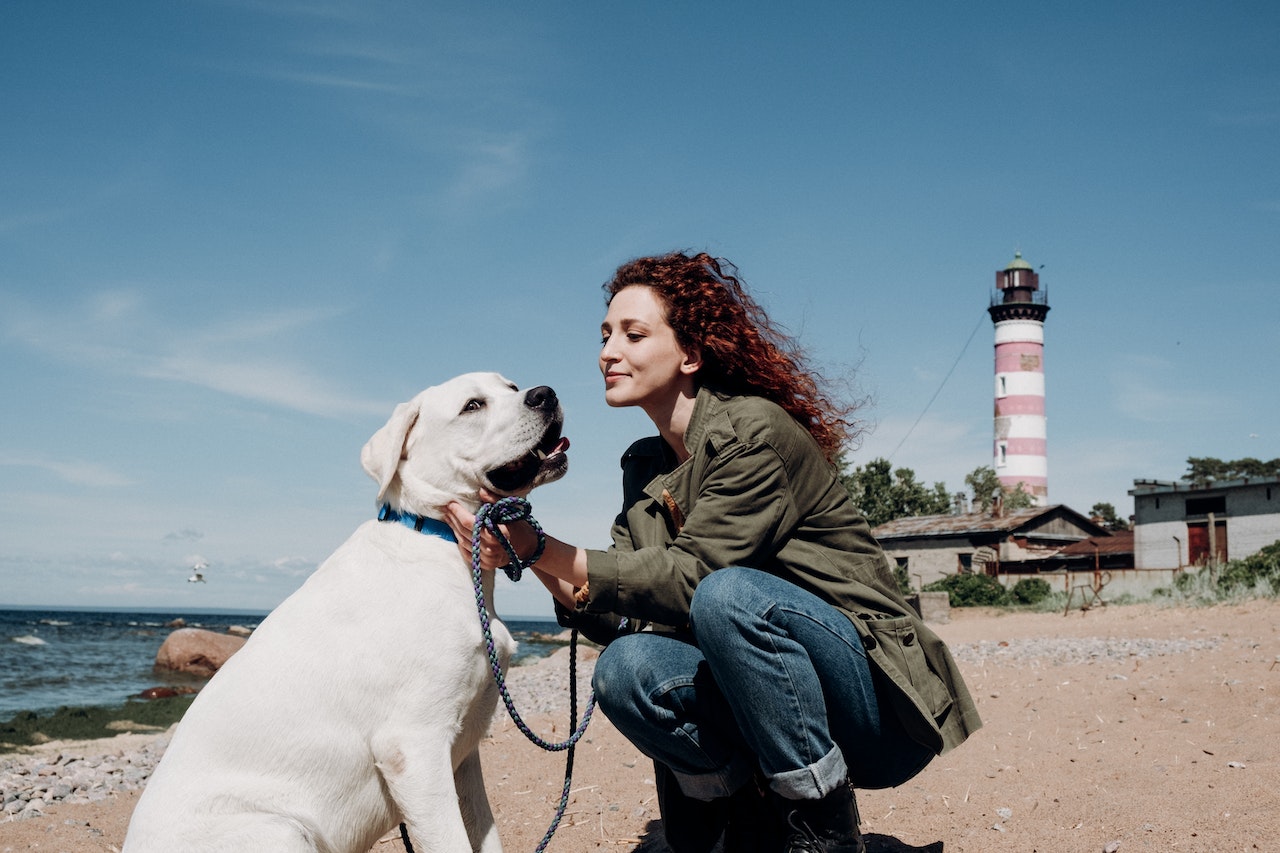How to Get a Dog to Walk on a Leash
Getting a dog to walk on a leash can be a challenge, especially if you have a lively Labrador. As an expert in dog training, I’ve encountered many owners who struggle with this aspect of their pet’s behavior. However, with the right approach and consistent training, you can successfully teach your Labrador to walk calmly and obediently on a leash.
Firstly, it’s important to choose the right equipment. Opt for a sturdy leash that is comfortable for both you and your dog. A harness can also be helpful, particularly for larger breeds like Labradors, as it reduces the strain on their necks.
To begin the training process, start in a quiet and familiar environment where there are minimal distractions. Attach the leash to your dog’s collar or harness and hold it loosely while allowing them some freedom to explore their surroundings. Reward them with treats or praise whenever they stay close by your side.
Gradually increase the duration of your walks and introduce new environments with more distractions. If your Labrador becomes overly excited or starts pulling on the leash, stop walking immediately and wait until they calm down before proceeding. Consistency is key here – reinforce positive behavior consistently throughout each walk.
Positive Reinforcement Training Methods
Here are some key positive reinforcement techniques that have proven successful in leash training:
- Treat-based Training: One of the most popular methods is using treats as a reward for good behavior. Start by holding a treat close to your dog’s nose and then slowly move it forward, encouraging them to follow along beside you. Reward them with a treat and verbal praise when they stay next to you without pulling on the leash. Repeat this process during each walk, gradually reducing the frequency of treats as your dog becomes more accustomed to walking politely.
- Verbal Encouragement: Dogs respond well to positive verbal cues and encouragement. Use simple commands like “heel” or “walk,” spoken in an upbeat tone, while walking with your dog on a leash. Whenever they exhibit the desired behavior such as walking calmly or staying close by, offer enthusiastic praise such as “good boy/girl!” or “well done!” This reinforces their understanding that they are doing something right.
- Clicker Training: Clicker training is another effective technique that uses sound association for reinforcing good behavior. Start by associating a clicker sound with treats – every time you give your dog a treat, immediately click the clicker at the same time so they start linking the two together. Then, during walks when your dog behaves appropriately (e.g., doesn’t pull or stays at your side), use the clicker followed by a treat as instant positive feedback.
- Patience and Consistency: Remember that consistency is key in any training method you choose to employ. Be patient with your Labrador and reinforce positive behaviors consistently throughout the training process. Avoid scolding or punishments, as this can create fear and resistance. Instead, focus on rewarding and reinforcing good behavior to build a positive association with leash walking.
Teaching Basic Commands for Leash Walking
- Start with the “Sit” command:
- Begin by holding a treat close to your dog’s nose.
- Slowly raise the treat above their head, causing them to naturally sit down.
- Once they are in a sitting position, say “Sit” and reward them with the treat immediately.
- Introduce the “Stay” command:
- After your Labrador has mastered the “Sit” command, proceed to teach them how to stay in place.
- Ask your dog to sit and then take a step back while keeping eye contact.
- If they remain seated without moving, praise them and offer a treat as a reward.
- Gradually increase the distance and duration of time that they need to stay before giving them praise or treats.
- Practice loose-leash walking:
- Attach a leash to your dog’s collar or harness and hold it loosely in your hand.
- Begin walking forward slowly while encouraging your Labrador to follow along beside you.
- If they start pulling or tugging on the leash, stop immediately and wait until they relax before continuing forward.
- Teach the “Heel” command:
- The “Heel” command is useful when you want your Labrador to walk calmly by your side without pulling or straying too far ahead.
- Start by walking with your dog on a loose leash at heel position (right beside you).
- Use verbal cues like saying “Heel” or using hand signals consistently during training sessions. – Reward your Labrador with treats and praise when they maintain the correct position.
Remember, consistency and patience are key when teaching your Labrador basic commands for leash walking. Practice these commands regularly in different environments to reinforce their understanding. With time and practice, your furry friend will become a pro at walking on a leash!
